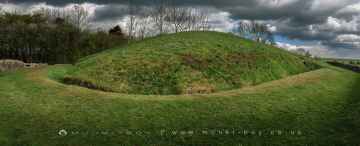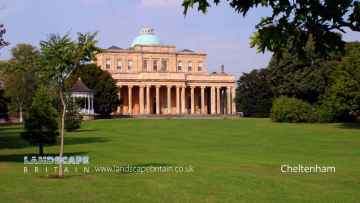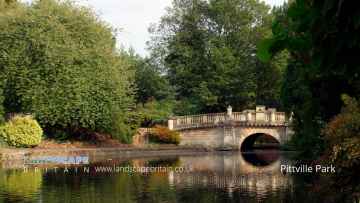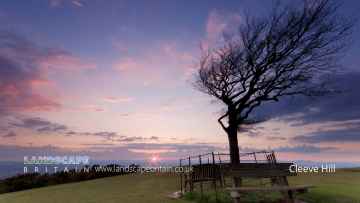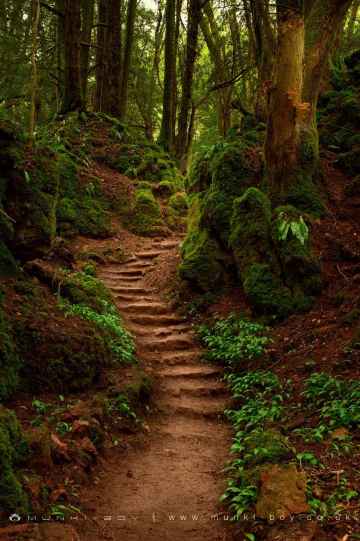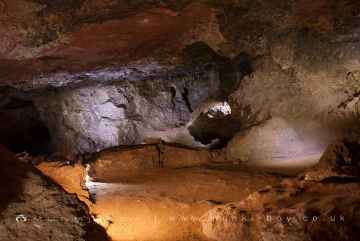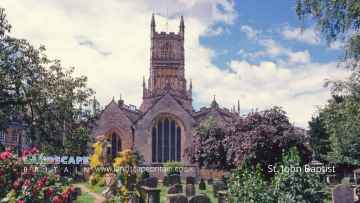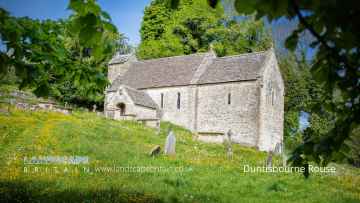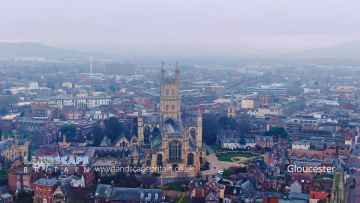Stroud
Stroud is a Town in the county of Gloucestershire.
There are great places to visit near Stroud including some great ancient sites, historic monuments, towns, parks, hills, woodlands, geological features, caves, old mines, airports, historic buildings, villages and cities.
Belas Knap Long Barrow, and Notgrove Long Barrow are some of Stroud best ancient sites to visit near Stroud.
Belas Knap Long Barrow is one of Stroud's best, nearby historic monuments to visit in Stroud.
The area around Stroud boasts some of the best towns including Cheltenham, Coleford, and Cirencester.
Stroud is near some unmissable parks like Pittville Park,
Don't miss Cleeve Hill's hills if visiting the area around Stroud.
There are a number of woodlands near to Stroud including Puzzlewood.
There are a several good geological features in the area around Stroud like Puzzlewood.
The area around Stroud's best caves can be found at Clearwell Caves.
Stroud is near some unmissable old mines like Clearwell Caves,
Gloucestershire Airport is one of Stroud's best, nearby airports to visit in Stroud.
Historic Buildings to visit near Stroud include St. John Baptist Cirencester, and Gloucester Cathedral.
Duntisbourne Rouse, and Rodmarton are some of Stroud best villages to visit near Stroud.
Stroud is near some unmissable cities like Gloucester,
Stroud History
There are some historic monuments around Stroud:
Places to see near Stroud
History of Stroud
Though there is much evidence of early historic settlement and transport, Stroud parish was originally part of Bisley, and only began to emerge as a distinct unit in the 13th century, taking its name from the marshy ground at the confluence of the Slad Brook and the River Frome called “La Strode”, and was first recorded in 1221. The church was built by 1279, and it was assigned parochial rights by the rectors of Bisley in 1304, often cited as the date of Stroud’s foundation. Historic buildings and places of interest in the area include the neolithic long barrows at Uley, Selsley Common and Nympsfield to the west; Roman era remains at Frocester, West Hill near Uley, and Woodchester; the medieval buildings at Beverston Castle; and the outstanding Tudor houses at Newark Park and Owlpen Manor. Woodchester Mansion is a masterpiece of the Gothic Revival by local architect Benjamin Bucknall. From 1837 to 1841, Stroud’s MP was Lord John Russell of the Whig party, who later became Prime Minister. Russell was an important politician: he was responsible for passing Acts of Parliament such as the Public Health Act 1848, but he is mainly remembered as one of the chief architects of the Reform Act 1867. This Act, also known as the Second Reform Act, gave the vote to every urban male householder, not just those of considerable means. This increased the electorate by 1.5 million voters. Lord John Russell is remembered in the town in the names of two streets, John Street and Russell Street, as well as the Lord John public house.









